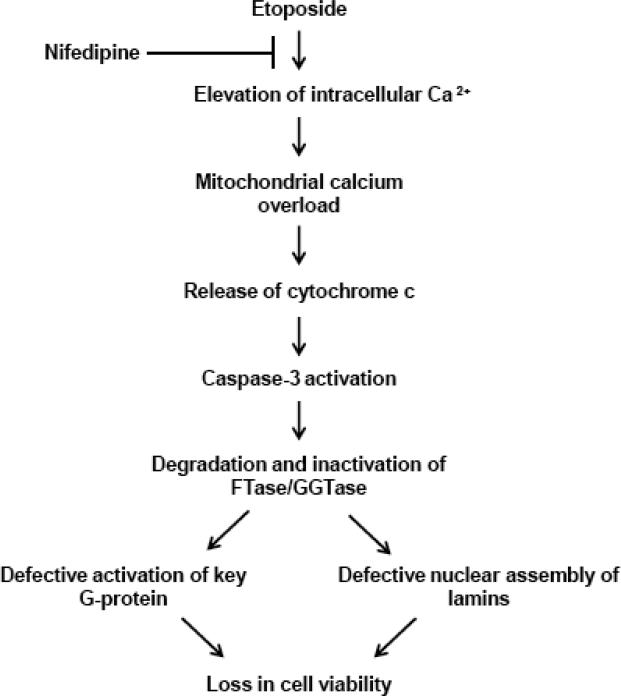Fig. 6. Proposed model for etoposide-induced loss in viability of the β-cell.

Based on the data accrued in the current study we speculate that exposure of pancreatic β-cells to etoposide leads to mitochondrial dysfunction mediated via intracellular accumulation of calcium, which is sensitive to nifedipine. Such a signaling step leads to increased activation of caspase-3, and peptidic cleavage of FTase/GGTase α-subunit. While our current data do not provide direct evidence, existing data from multiple laboratories including our own suggests that pharmacological and molecular biological inhibition of FTase/GGTases lead to functional inactivation of G-proteins and abnormal lamin metabolism leading to defective nuclear assembly and cell demise [see text for additional details]. Lastly, we cannot rule out the potential possibility that the cleavage product of FTase/GGTase α-subunit could exert direct effects on inducing loss in metabolic cell viability in INS 832/13 cells. This remains to be verified experimentally.
